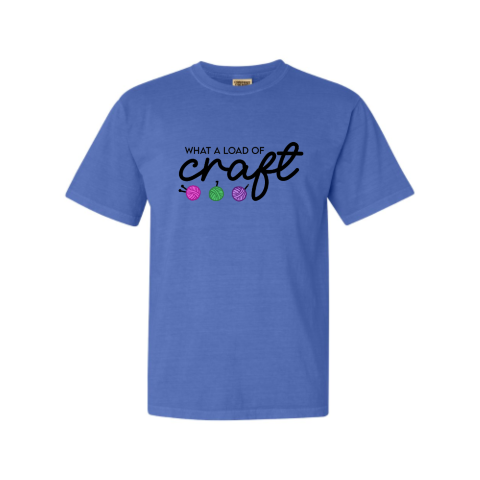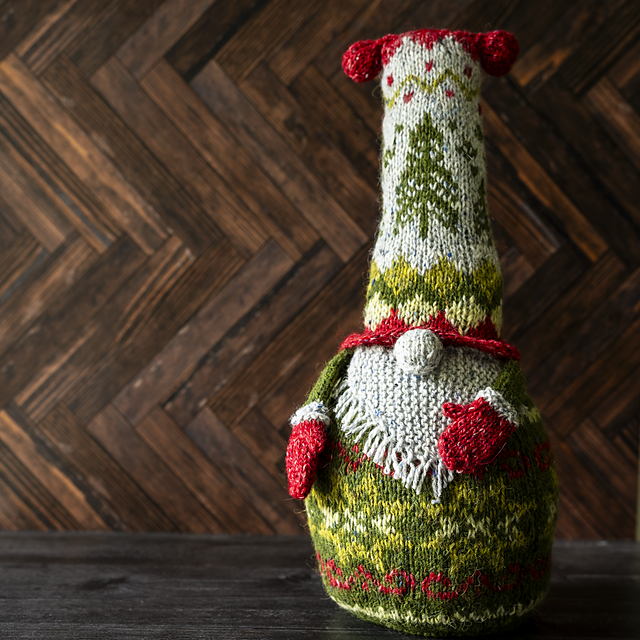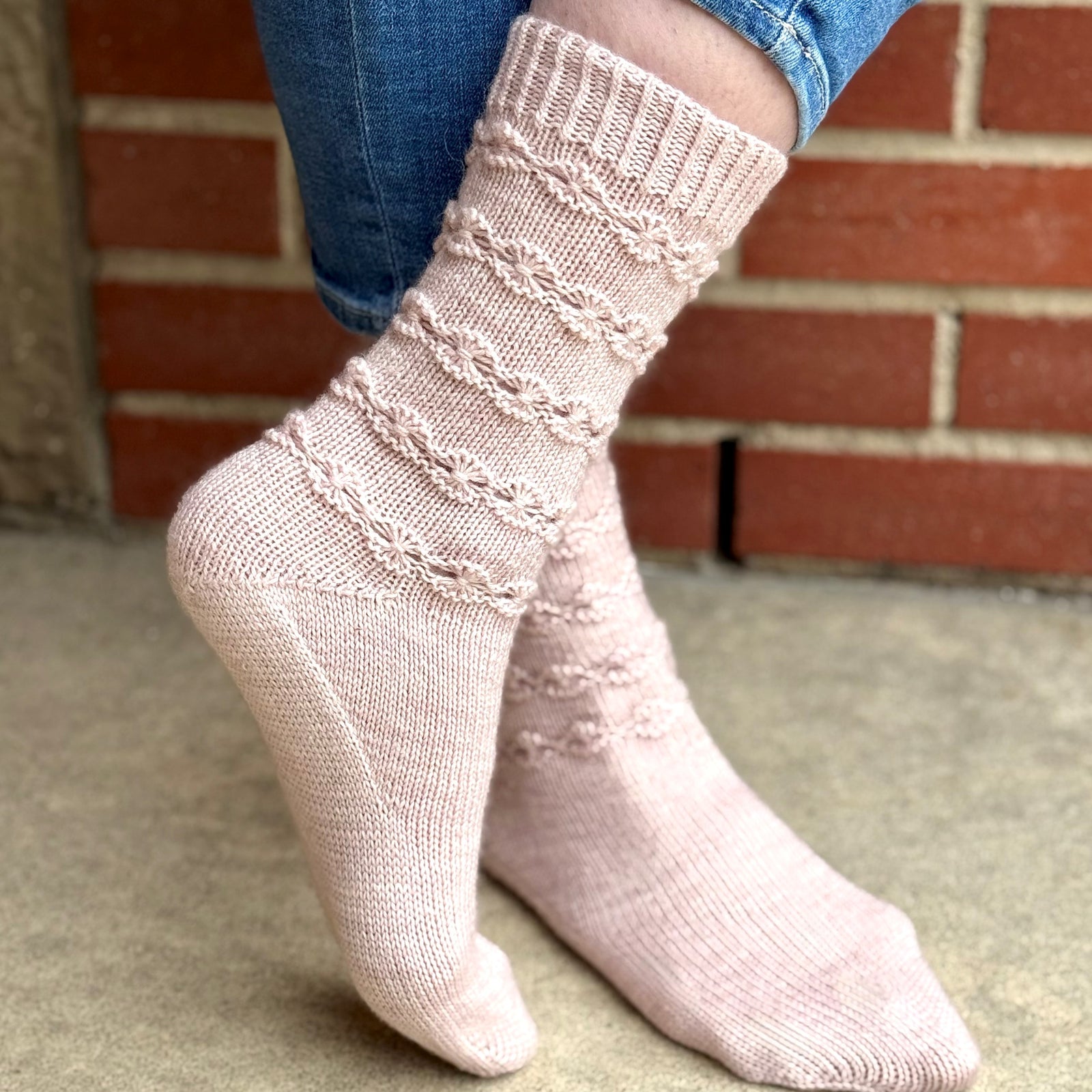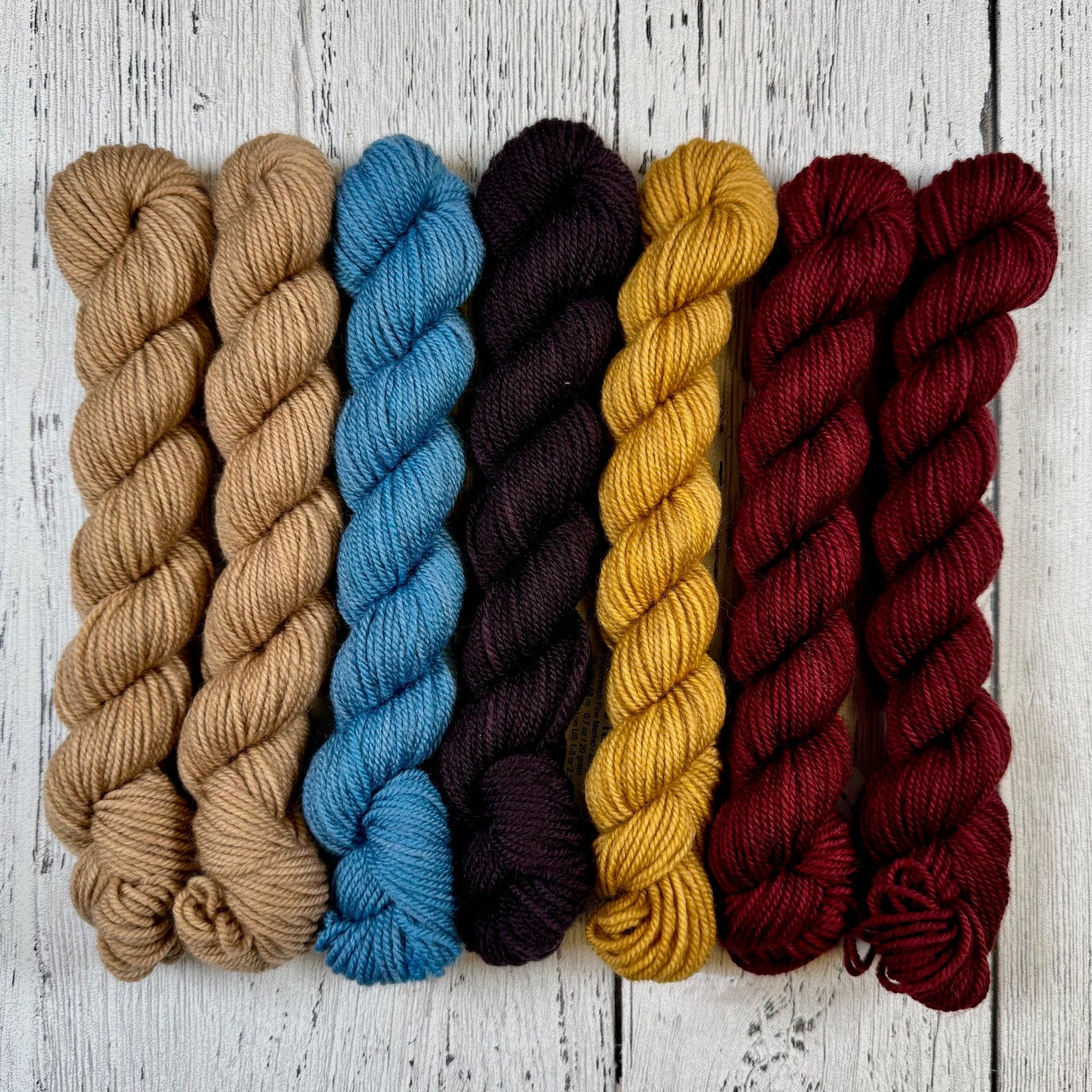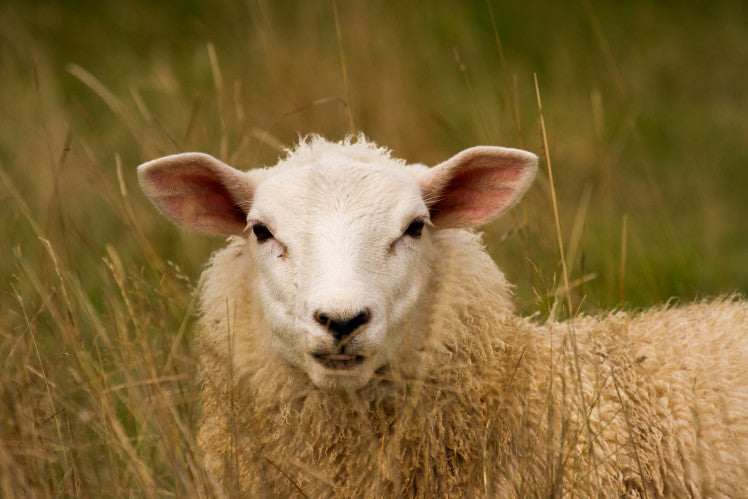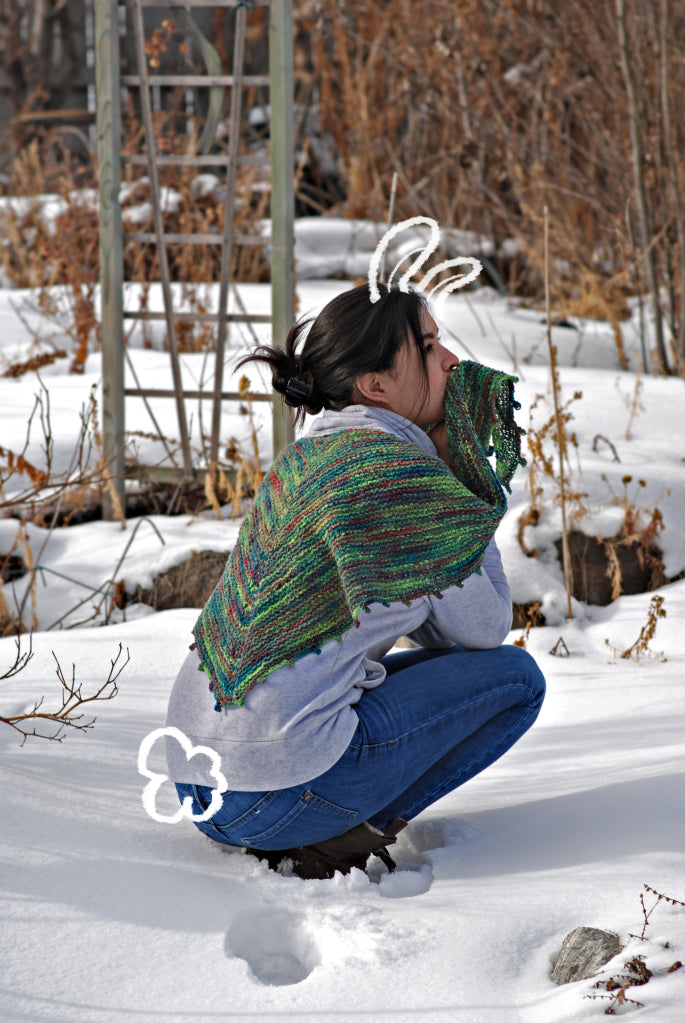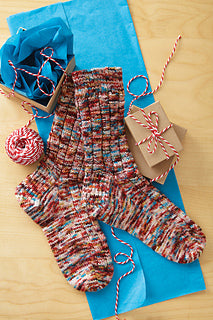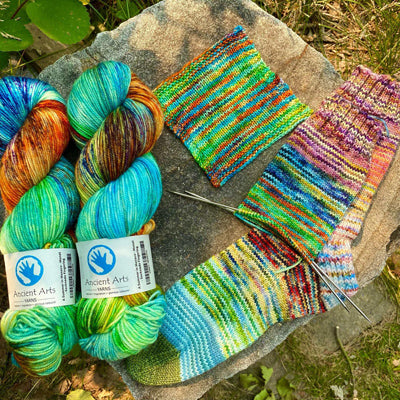I’m a natural fibre snob. I’ll be the first to admit it. I work REALLY hard at not being too disparaging of synthetics, mostly because I don’t want to discourage anyone that does crafting. I don’t want to make a handcrafter feel that their hard work is not valuable because they used acrylic. But it’s HARD. And I’m not always successful at hiding my feelings on the subject. I mitigate this by giving natural fibre yarns to crafters used to using synthetics whenever possible. I want to bring them “into the fold”.

I used to own a yarn store, and prior to that I worked in another one. So I’ve met a lot of people that don’t share my love of wool. I’ve met many people that believe they are allergic to wool. I’ve met about 4 people that actually ARE allergic. There’s a difference between a wool allergy and a wool sensitivity. A wool allergy is actually an allergy to lanolin, the natural oil found in sheep’s wool. It is characterized by a red skin rash, sneezing, runny nose, and breathing problems. A wool sensitivity is when you find wool itchy. Just because you find wool itchy doesn’t mean you are allergic (and scratching until your skin turns red isn’t a rash!). A wool allergy is a very real and serious thing, I won’t spin yarn near people that are allergic because the fibres go into the air and can cause a dangerous reaction. People that are allergic to wool may be able to wear other natural animal fibres such as alpaca, cashmere, and yak (oh noes, you’re stuck with all the SOFT STUFF).
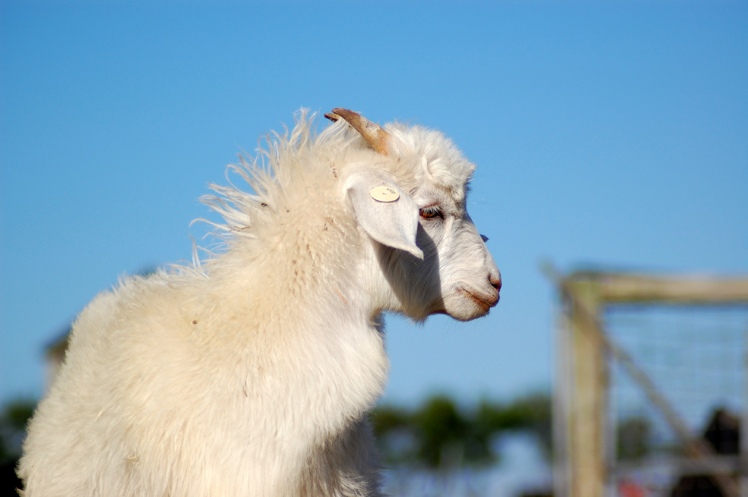
When it comes to a wool sensitivity, a lot of people can be trained out of that. There are some people who have very, very sensitive skin, so they might never be able to wear an animal fibre comfortably, but that’s not the case for most. I used to be very sensitive to animal fibres, I couldn’t wear them without feeling as if I rolled naked in a bed of pink housing insulation. When I started knitting and spinning, I quickly learned that wool is incredibly friendly to work with, it’s squishy and stretchy. Synthetics have no give, so they’re hard on your hands. I stubbornly wore the things I made despite the horrible itchiness. Eventually, I got used to it, and now I can wear all wool with impunity! If you’re feeling less adventurous or a little more delicate, you can condition yourself by starting with the softest superwash merino. Work your way up the wool ladder!

For those that prefer a washable product, superwash wool is excellent. You can machine wash it. And I will admit that I occasionally throw my superwash wool garments in the dryer, I live in a house with my husband and 3 young boys, the laundry gets out of hand occasionally (always), and accidents DO happen. Luckily the occasional machine drying doesn’t seem to ruin my hand knits! I love knitting baby things in soft superwash merino. I love knitting baby things in soft, warm superwash merino. I can not knit baby things in acrylic, it seems a travesty to me to wrap a baby in plastic.
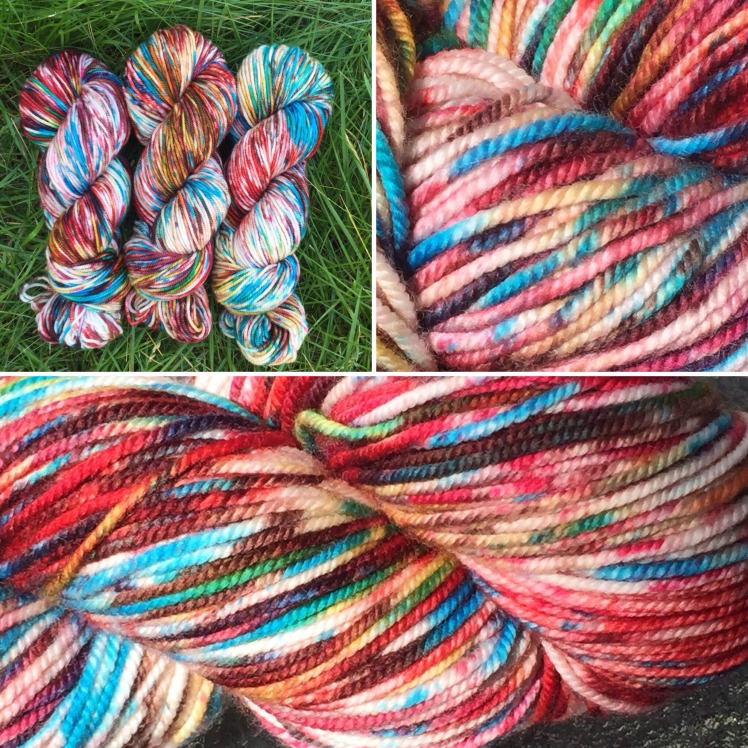
I can not extol the virtues of wool enough. It still insulates nicely when wet, it’s naturally fire resistant. It’s 100% renewable. Sheep are awesome. It’s nice to knit and crochet with. Simply put, wool is awesome and I love it!

